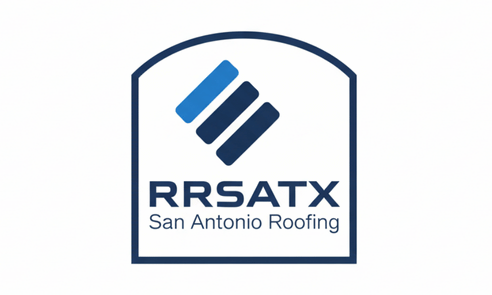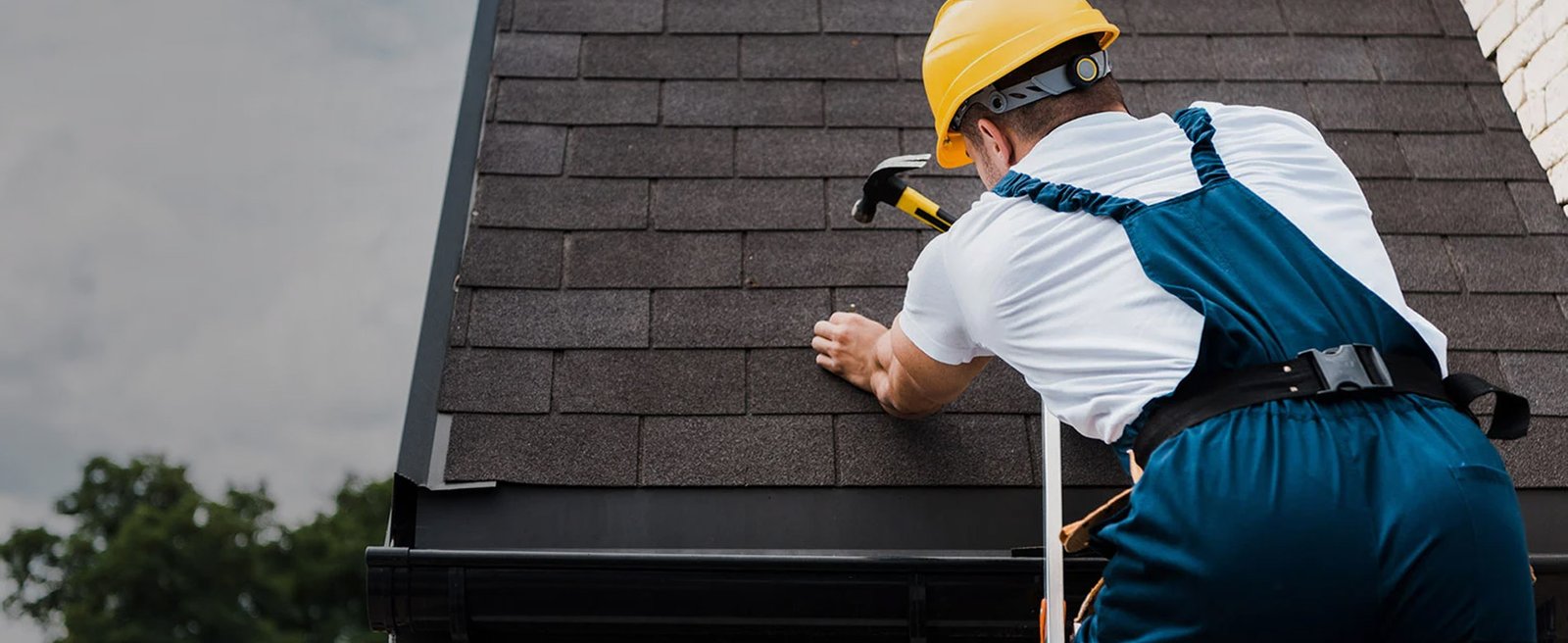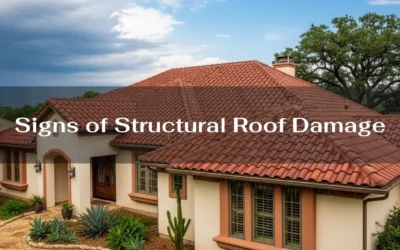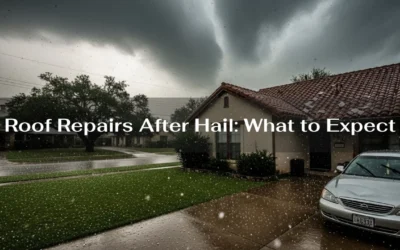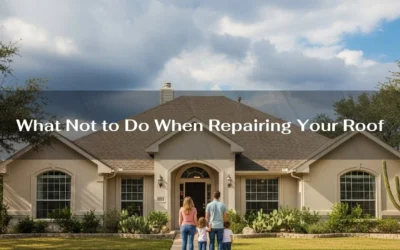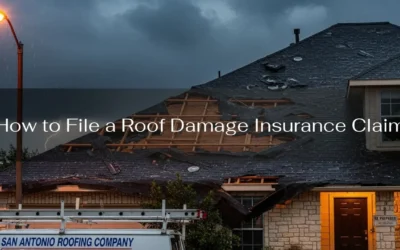II. Repairing Asphalt Shingle Roofs
A. Identifying and fixing leaks: One of the most common issues with asphalt shingle roofing is leaks. Identifying the source of the leak is crucial to fixing it. Common causes of leaks include damaged or missing shingles, damaged flashing, or a damaged roof vent. Once you identify the source of the leak, fix it promptly to avoid further damage to your roof and your property.
B. Replacing missing or damaged shingles: Missing or damaged shingles can expose your roof to further damage, such as leaks and mold growth. Replacing missing or damaged shingles promptly can prevent further damage to your roof and extend its lifespan.
C. Repairing flashing and other components: Flashing is a metal material used to seal the edges and seams of your roof. Damaged flashing can lead to leaks and water damage. Repairing or replacing damaged flashing can prevent further damage to your roof and property.
D. Hiring a professional vs. DIY repair: While DIY repairs can save money, hiring a professional roofing contractor can ensure the repair is done correctly and safely. A roofing professional has the necessary tools, expertise, and safety equipment to repair your roof effectively and efficiently.
III. Replacing Asphalt Shingle Roofs
A. Complete removal of old roof: Complete removal of the old roof is necessary for replacing an asphalt shingle roof. The old shingles and underlayment are removed to inspect the roof deck for any damage or rot.
B. Installing new underlayment and ventilation: The new roof underlayment is installed to protect the roof deck from moisture and provide a barrier against water intrusion. Proper ventilation is also installed to ensure proper air flow and prevent moisture buildup.
C. Selecting and installing new shingles: There are various types of asphalt shingles available, such as 3-tab shingles, architectural shingles, and designer shingles. Selecting the right type of shingles for your building is crucial to the longevity and durability of your roof. Once the shingles are selected, they are installed in a specific pattern to ensure proper drainage and prevent water intrusion.
D. Cost considerations: The cost of replacing an asphalt shingle roof varies depending on the size of the building, the type of shingles used, and the extent of the damage. It is important to get a detailed estimate from a roofing contractor to determine the cost of the replacement.
E. Benefits of replacement vs. repair: While repairing a damaged roof can be cost-effective, replacing the roof can provide long-term benefits, such as increased energy efficiency, improved curb appeal, and increased property value.
IV. Installing Asphalt Shingle Roofs
A. New roof installation process: Installing a new asphalt shingle roof involves several steps, such as installing the underlayment, ventilation, and shingles. The process must follow local building codes and safety regulations to ensure proper installation and safety.
B. Incorporating asphalt shingles into roof renovations or additions: Incorporating asphalt shingles into a roof renovation or addition requires careful planning and coordination. It is important to select the right type of shingles that match the existing roof’s color and style.
C. Types of asphalt shingles available: There are various types of asphalt shingles available, such as 3-tab shingles, architectural shingles, and designer shingles. Each type has its own unique features and benefits, and it is important to select the right type based on your building’s specific needs. D. Comparing asphalt shingles to other roofing materials: While asphalt shingles are a popular choice for roofing, there are other roofing materials available, such as metal roofing, tile roofing, and slate roofing. Comparing these materials can help you make an informed decision when selecting a roofing material for your building.
V. Maintenance Tips for Asphalt Shingle Roofs A. Cleaning and debris removal: Regular cleaning and debris removal can prevent the buildup of moisture and prevent damage to your roof. Use a soft-bristled brush to remove debris and a gentle cleanser to remove any stains or mold growth. B. Inspecting and repairing damage: Regular inspection of your roof can help you identify any damage or potential issues. Promptly repairing any damage can prevent further damage and extend the lifespan of your roof. C. Regular professional maintenance: Regular maintenance by a professional roofing contractor can help prevent any potential issues and ensure the longevity of your roof.
In conclusion, maintaining and repairing your asphalt shingle roof is crucial for the longevity of your building and the safety of its occupants. Identifying and fixing leaks, replacing missing or damaged shingles, and repairing flashing are important steps in repairing your roof. Replacing an asphalt shingle roof involves several steps, such as removing the old roof, installing new underlayment and ventilation, and selecting and installing new shingles. Regular maintenance, cleaning, and inspection can prevent damage and extend the lifespan of your roof. It is important to hire a qualified roofing contractor to ensure that repairs and replacements are done safely and correctly.
